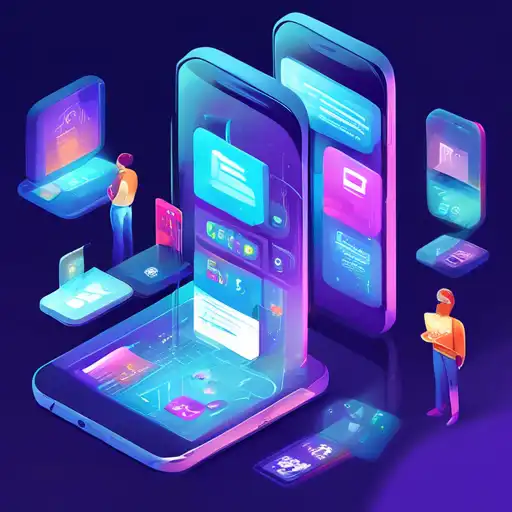Introduction to Mobile Development Trends
The mobile development landscape is constantly evolving, with new technologies and methodologies emerging at a rapid pace. As we look towards the future, several key trends are poised to redefine how developers create and users interact with mobile applications. This article explores these trends, offering insights into what's next for mobile development.
1. Cross-Platform Development Gains Momentum
One of the most significant trends in mobile development is the shift towards cross-platform frameworks. Tools like Flutter and React Native enable developers to write code once and deploy it across multiple platforms, significantly reducing development time and costs. This approach not only streamlines the development process but also ensures a consistent user experience across devices.
2. The Rise of 5G Technology
With the global rollout of 5G networks, mobile applications are set to become faster and more responsive than ever before. This leap in connectivity opens up new possibilities for mobile apps, including enhanced AR/VR experiences, real-time gaming, and seamless cloud integration. Developers must now consider how to leverage 5G to deliver richer, more immersive app experiences.
3. Artificial Intelligence and Machine Learning Integration
AI and ML are transforming mobile apps, enabling personalized user experiences, advanced analytics, and automated processes. From chatbots to predictive text, these technologies are becoming integral to mobile development. Incorporating AI and ML can help apps stand out in a crowded marketplace by offering unique, intelligent features.
4. Focus on App Security and Privacy
As mobile apps handle increasingly sensitive data, security and privacy have become paramount. Developers are adopting advanced encryption methods, secure authentication protocols, and privacy-by-design principles to protect user data. With regulations like GDPR and CCPA in effect, ensuring app security is not just good practice—it's a legal requirement.
5. The Growth of Wearable and IoT Integration
The expansion of wearable technology and the Internet of Things (IoT) presents new opportunities for mobile developers. Apps that can interact with smart devices offer users unprecedented convenience and functionality. Whether it's fitness tracking, home automation, or health monitoring, the potential for innovation in this space is vast.
Conclusion
The future of mobile development is bright, with emerging trends offering exciting opportunities for innovation. By staying ahead of these trends, developers can create apps that are not only technologically advanced but also deeply resonant with users. As the mobile landscape continues to evolve, embracing these trends will be key to success in the competitive app market.
